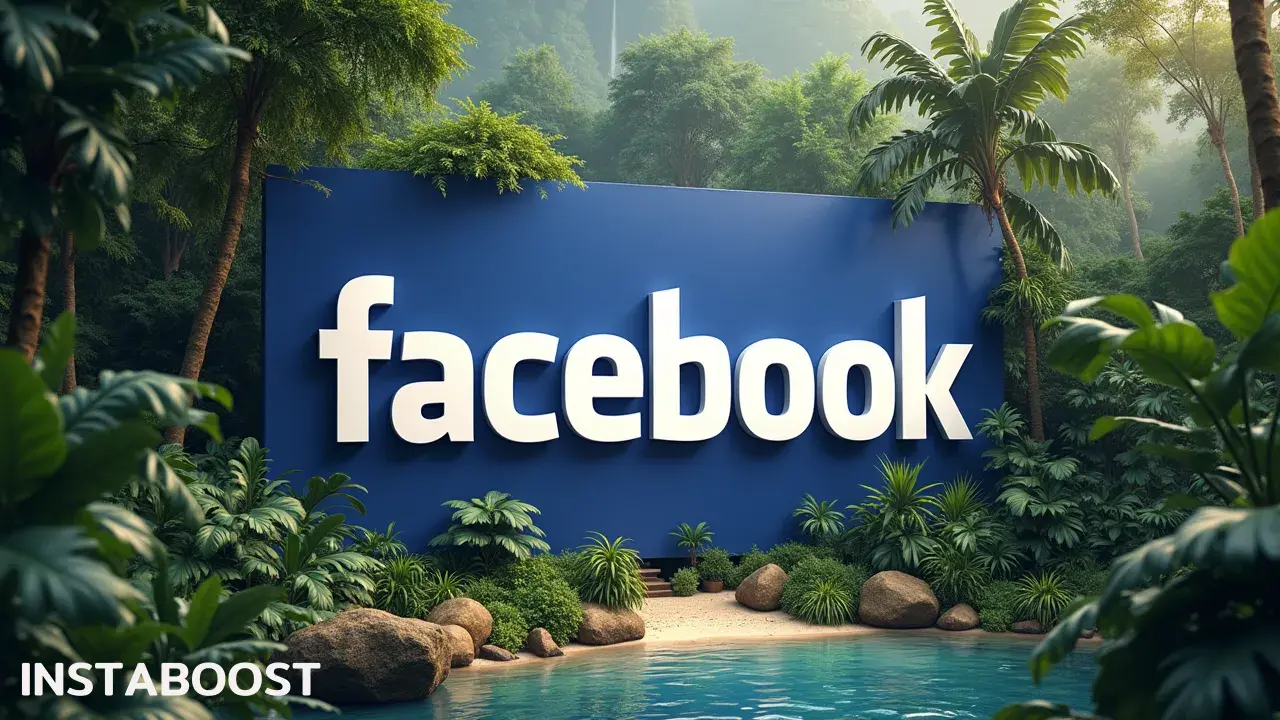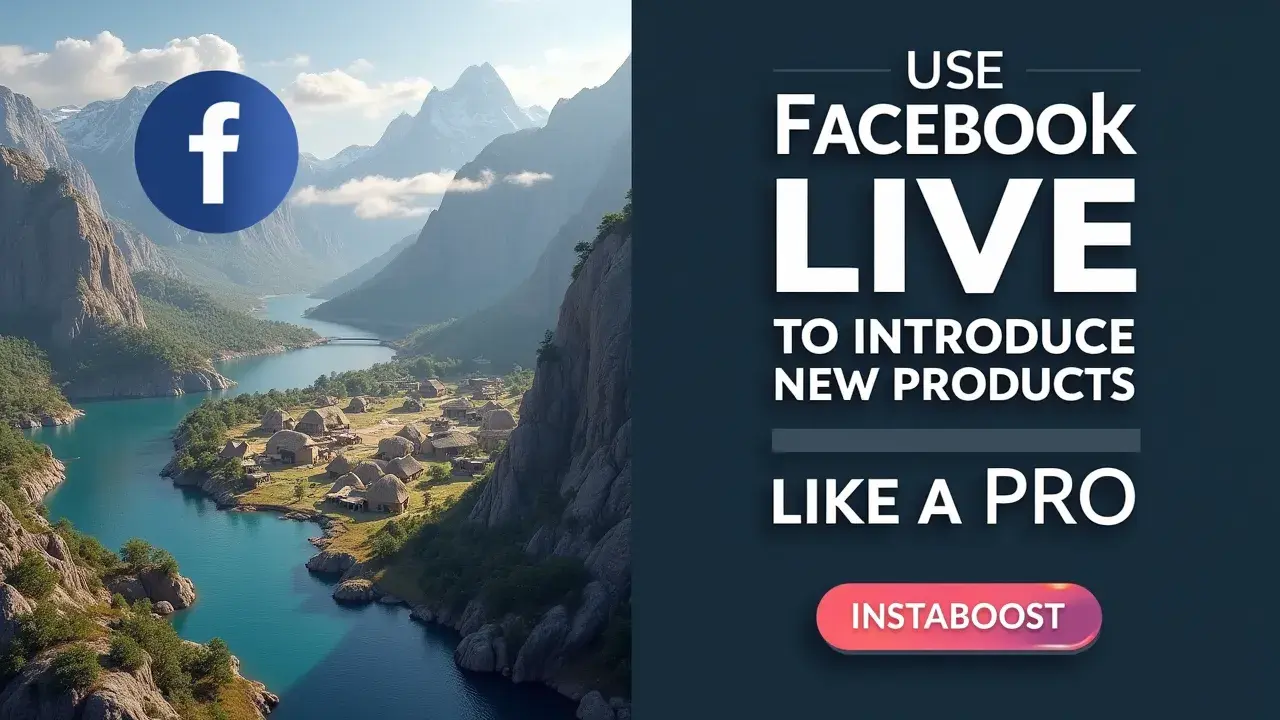How To Use Facebook Live To Introduce New Products Like a Pro?
Facebook Live can effectively spotlight a new product by pairing real-time demo moments with clear engagement prompts. Plan concise segments that show the product in action, invite questions, and use interactive features to keep viewers participating throughout. Poor pacing or unclear visuals can reduce impact, but a structured flow and strong framing maintain attention and trust. Aim for measurable engagement signals to refine future launches and strengthen product fit.
Rethinking Product Launches for the Age of Facebook Live
Launching something new isn’t really about making a big announcement or sharing carefully edited photos anymore – it’s turned into more of a conversation. With Facebook Live, things have shifted. Now, you can talk directly to people as the launch unfolds, answer questions as they come up, and show the real side of what you’re working on. You don’t have to wait until every detail is perfect.
When you go live, you invite people into the process instead of presenting them with a finished product. They can ask what they’re wondering, give their first impressions, and see how everything actually works.
When you go live, you invite people into the process instead of presenting them with a finished product. They can ask what they’re wondering, give their first impressions, and see how everything actually works.
This kind of back-and-forth makes a difference, especially since people are busy and seem to care more about seeing what’s real than what’s polished. Whether you’re doing this on your own or as part of a team, Facebook Live is a straightforward way to share what you’re building, hear what people think, and adjust as you go.
And if you ever want to promote your Facebook content to reach even more people, that’s something you can layer in later. Instead of planning a big reveal where everything’s already decided, you can open things up and see where the conversation takes you. Sometimes, that’s where the most useful feedback comes from – right in the middle of things, before you’ve had a chance to smooth it all out.
And if you ever want to promote your Facebook content to reach even more people, that’s something you can layer in later. Instead of planning a big reveal where everything’s already decided, you can open things up and see where the conversation takes you. Sometimes, that’s where the most useful feedback comes from – right in the middle of things, before you’ve had a chance to smooth it all out.

Why Live Matters: Trust and Proof in Real Time
There’s something about keeping things straightforward that often works best, especially with product launches. That’s where Facebook Live stands out. You don’t have to worry much about making everything look polished or rehearsed. Instead, you’re there talking directly to people who care about your project, as things happen. It’s not about running a perfect show; it’s more like inviting people into the process with you, whether things go as planned or not. During a Facebook Live launch, viewers can ask questions right away, share concerns, or point out anything that isn’t clear.
They get to see how your product holds up in real time – not in a slick commercial, but as it actually is. When you handle unexpected questions or show how you deal with small problems, it tells people you stand behind what you’re offering. That kind of honesty goes a long way compared to the controlled feel of edited videos. That’s probably why companies like INSTABOOST are using Facebook Live more for launches. You notice, too, that even behind-the-scenes details – like how people buy likes and follows for your page to build momentum – sometimes come up during these streams. These days, when everyone’s trying to stand out, having a real back-and-forth is what tends to stick with people. If you want to introduce something new and actually have it connect with others, learning how to do Facebook Live well has kind of become a skill you can’t ignore.
Refining Your Live Strategy Before You Hit “Go”
Scaling doesn’t really come from big launches or trying to make a splash. It usually starts from being careful early on. Before going live on Facebook to show off something new, it’s worth pausing to think about what people will actually care about the first time they see it. Instead of running through every feature, it seems better to pick out what matters most at that moment – maybe just showing what the product actually does, or talking through one part of it you found interesting along the way. The Live session doesn’t have to feel like a pitch. It’s more like talking with someone you know.
There’s no need to cover everything or be overly polished. The point is just to be helpful, maybe answer some of the questions people are already wondering about, or mention something they won’t find in the official write-up. Keeping it straightforward usually makes things easier for everyone. People tend to stay with you longer if they’re not getting a hard sell. Platforms also seem to highlight the sessions where there’s a real back-and-forth, so there’s no reason to hurry. Sometimes a small change in the way you approach these things can increase post engagement today without having to force it. It ends up being less about putting on a show and more about just giving people a chance to look closer, ask about what’s on their mind, or bring up something you hadn’t thought of. That’s what seems to make each session a little different, and why launching something new never really feels the same twice.
Don’t Oversell: Why Vulnerability Beats Overproduction
It’s surprising, but I’ve noticed that growth often comes from letting a bit of emotion slip through, even in something as simple as a Google Sheet. When people plan their Facebook Live product launches, there’s this urge to control every detail – writing scripts, making sure the lighting is right, rehearsing exactly what to say. But those polished parts rarely stick with viewers.
What actually connects is when things go off-script – like when someone’s hands shake while showing a new feature, or a founder laughs about how they almost didn’t get started on time. These moments might feel awkward, but they feel real, and that makes them easier to trust. If you lose your train of thought or have to start over while explaining something, people relate to that more than a perfect pitch.
Letting go of that need to make everything smooth can actually help, especially when you’re putting something new out there. When a launch feels unplanned, people tend to pay more attention. Even larger companies like INSTABOOST have seen that when their teams talk honestly about what’s been hard, or show the less polished parts of their process, more people get involved. People want to see what’s actually happening, not a version that’s been cleaned up for an ad – and sometimes, that’s where you gain attention on your content without even meaning to.
Staying Curious After the Stream Ends
Take a second to really think about what Facebook Live is doing for you. It’s not only about the launch itself – it’s more that first step that influences everything that follows. When the broadcast ends, the easy move is to look at the stats and call it a day.
But there’s something valuable in actually reading through what people wrote and seeing how they reacted. Which questions kept coming up? Was there a spot where viewers stopped to comment or share? It’s this back-and-forth that gives you a better sense of what’s actually landing with people. Sometimes someone misunderstands a feature, or you see a suggestion pop up more than once that you hadn’t considered. These are the things that help you figure out what to explain differently next time, or even what small improvements might be worth making.
You see it with groups like INSTABOOST, where they took small, steady pieces of feedback from live videos and turned them into updates people actually wanted. And when you notice those moments of engagement – such as when people enhance social reach with Facebook shares – it’s a reminder of how real the ripple effect can be. The replies you get after going live – these aren’t just boxes to tick off. They’re where you can start to understand how your audience is thinking, and they give you ideas to shape what you make going forward. When you actually respond or make a change based on what people say, you show them you’re listening, and over time, they might start to care a bit more about what you’re building. That’s the part I keep coming back to.
Building Momentum With Every Broadcast
When you introduce a product on Facebook Live, think of it as a starting point rather than the finish line. Each stream is really another chance to see what works, to notice what feels clunky, or where things click with people watching. The first time, maybe things felt stiff or you lost your train of thought, but then you notice that when you react to a comment or go off-script, people actually start asking questions and paying attention.
It’s those moments and the reactions they bring that tell you much more than any view count. Sometimes, even the little things – like the way people use Facebook emoji interaction push features during a stream – can be surprisingly telling. When you take the time to watch your own videos back, spot where people drop off or stick around, and actually answer the questions in the comments, you start to get a clearer idea of what your audience is looking for. Over time, little changes – like showing your product solving a real problem, fixing how the camera’s set up, or having someone who’s already used your product join you live – start to make a difference.
This all shapes the way people see you and your business, making it feel more straightforward and relatable. In a space where there’s always someone new trying to get attention, keeping things consistent and being open to learning as you go will help. If you’re using something like INSTABOOST to track reach or engagement, those numbers can give you a sense of what’s landing, but they don’t tell the whole story. The more closely you pay attention and keep adjusting, the better your live launches will get – and the more likely people are to come back, not just for your products, but because they trust how you’re figuring it out.















